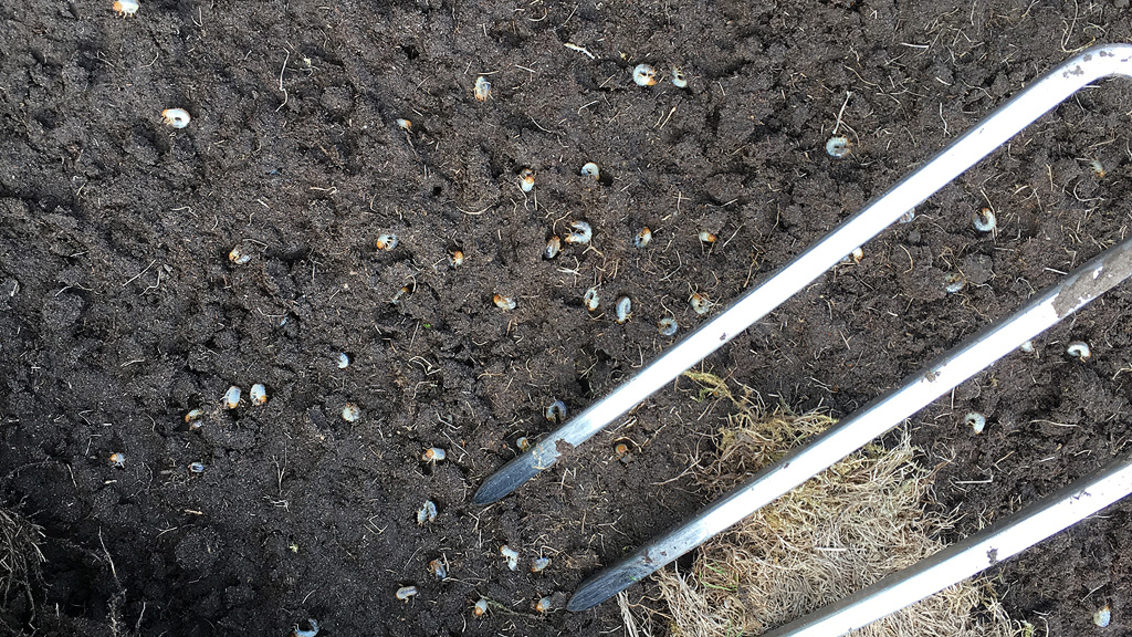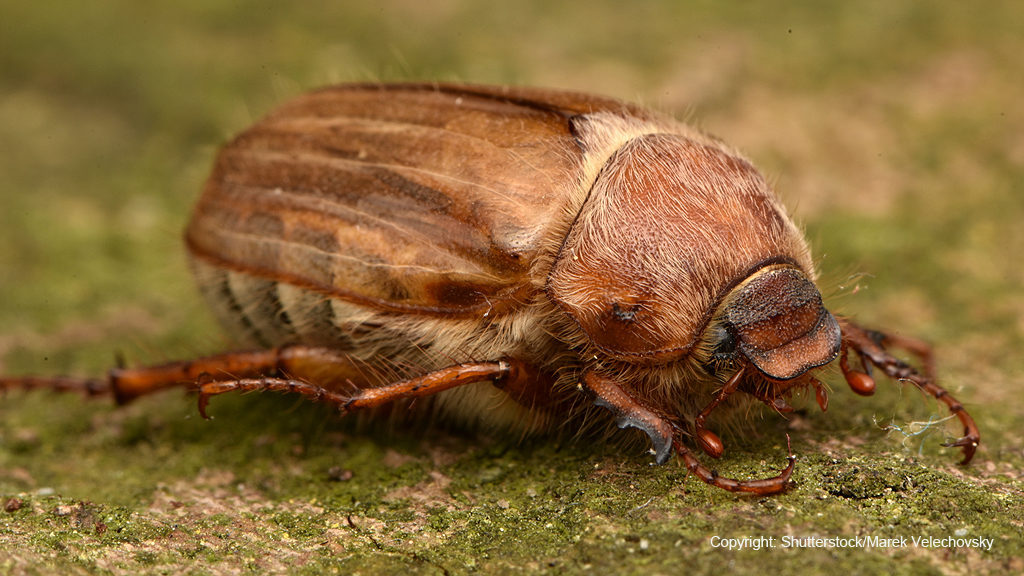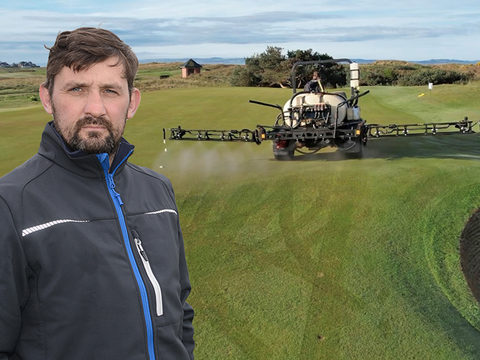Historical chafer activity indicates action now

Chafer bug sightings have dried up over the recent spell of hot weather, but in many instances the adults will have been more active in the evening or at night in cooler temperatures.
The GreenCast Soil Pest Identification Guide highlights that whilst the garden chafer is primarily active during the day, the cockchafer is principally nocturnal.
The summer chafer (below) typically emerges unseen at dusk, and it's this species that is now expected to be on the wing as the pupated grubs hatch through July and August. Sightings can be reported now on the Pest Tracker pages.

However, even if adults have not been seen active, turf managers that have suffered historical damage from the chafer larvae - or predators digging for a source of food - should be considering treatment now to prevent a growing larvae population, according to Syngenta Technical Manager, Glenn Kirby.
"Adult egg laying and subsequent larvae damage frequently occurs on the same areas year after year," he advised.
"Acelepryn needs to be in the soil target zone at the time of egg hatch and initial larvae development," Glenn reported. Application during July and August should cover the most active early larvae development stages of chafer species.
Read Glenn's GreenCast Advisory Blog to target Acelepryn timing here |
Furthermore, with different chafer species having a one, two or three year lifecycle, a programme of treatment over successive years may be required to effectively target larvae at the susceptible small first instar stage.
He also reiterated the importance of application technique to ensure the product reaches the target zone, including a water volume of at least 600 l/ha, using the Syngenta XC 08 Soil Nozzle and to irrigate as soon as possible after application, wherever possible.












